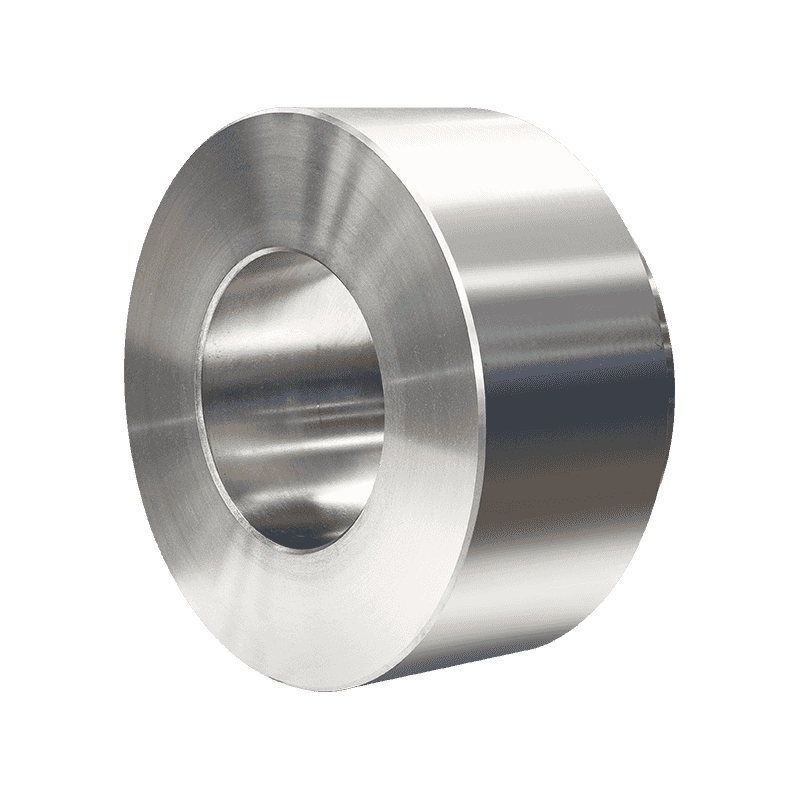In the relentless rhythm of heavy industry, where durability meets precision, one unsung hero continues to shoulder the weight—cast iron roll ring. These components, often overlooked, are instrumental in sustaining the performance, efficiency, and longevity of rolling mills and related machinery. Far from ornamental, they are engineered to endure, operating under punishing conditions with unwavering reliability.
Crafted from a unique blend of iron, carbon, and alloying elements, cast iron roll rings possess a rugged elegance. Their high wear resistance and dimensional stability make them the linchpin in applications involving high temperatures, extreme pressures, and repetitive stress. Whether in steel production, non-ferrous metal processing, or high-speed rolling operations, these rings deliver consistent results where failure is not an option.
What sets cast iron roll rings apart is their microstructure. Unlike conventional steel, cast iron contains graphite flakes or nodules, depending on the grade, which act as built-in lubricants. This internal feature reduces friction and mitigates thermal expansion, allowing the rings to perform at peak levels over extended service intervals. Grey cast iron, with its excellent machinability and vibration damping properties, is ideal for stability-critical operations. Meanwhile, ductile iron variants offer a compelling balance of toughness and flexibility—traits that become vital under fluctuating load conditions.
Precision manufacturing is non-negotiable. Each roll ring must be cast, heat-treated, and machined with exceptional attention to detail. The slightest deviation in concentricity or surface hardness can lead to catastrophic downtime. Today’s advanced foundries use computer-aided design and thermal simulation to ensure uniformity and performance, leaving nothing to chance. Rigorous testing—tensile, impact, and hardness analyses—is conducted before any piece is deemed fit for service.

Beyond durability, cast iron roll rings offer a compelling economic advantage. Their long service life translates to fewer replacements, minimized maintenance, and uninterrupted production—cornerstones of operational efficiency. When integrated properly, they reduce total cost of ownership while upholding high throughput standards.
Moreover, customization is no longer a luxury but a strategic necessity. Clients now demand roll rings tailored to specific metallurgical processes and load profiles. Whether it's adjusting the alloy composition, optimizing surface finish, or refining hardness gradients, manufacturers are rising to meet exacting demands. This shift from generic to bespoke solutions marks a turning point in how cast components are perceived—not just as consumables, but as engineered assets.
In a world increasingly obsessed with smart manufacturing and real-time analytics, the cast iron roll ring remains deceptively simple. Yet its importance cannot be overstated. It is the silent, steadfast component that absorbs the brunt, protects the core, and sustains the grind.
To dismiss it as just another mechanical part is to ignore the very backbone of industrial endurance. The cast iron roll ring may not seek the spotlight, but it certainly ensures the show goes on.